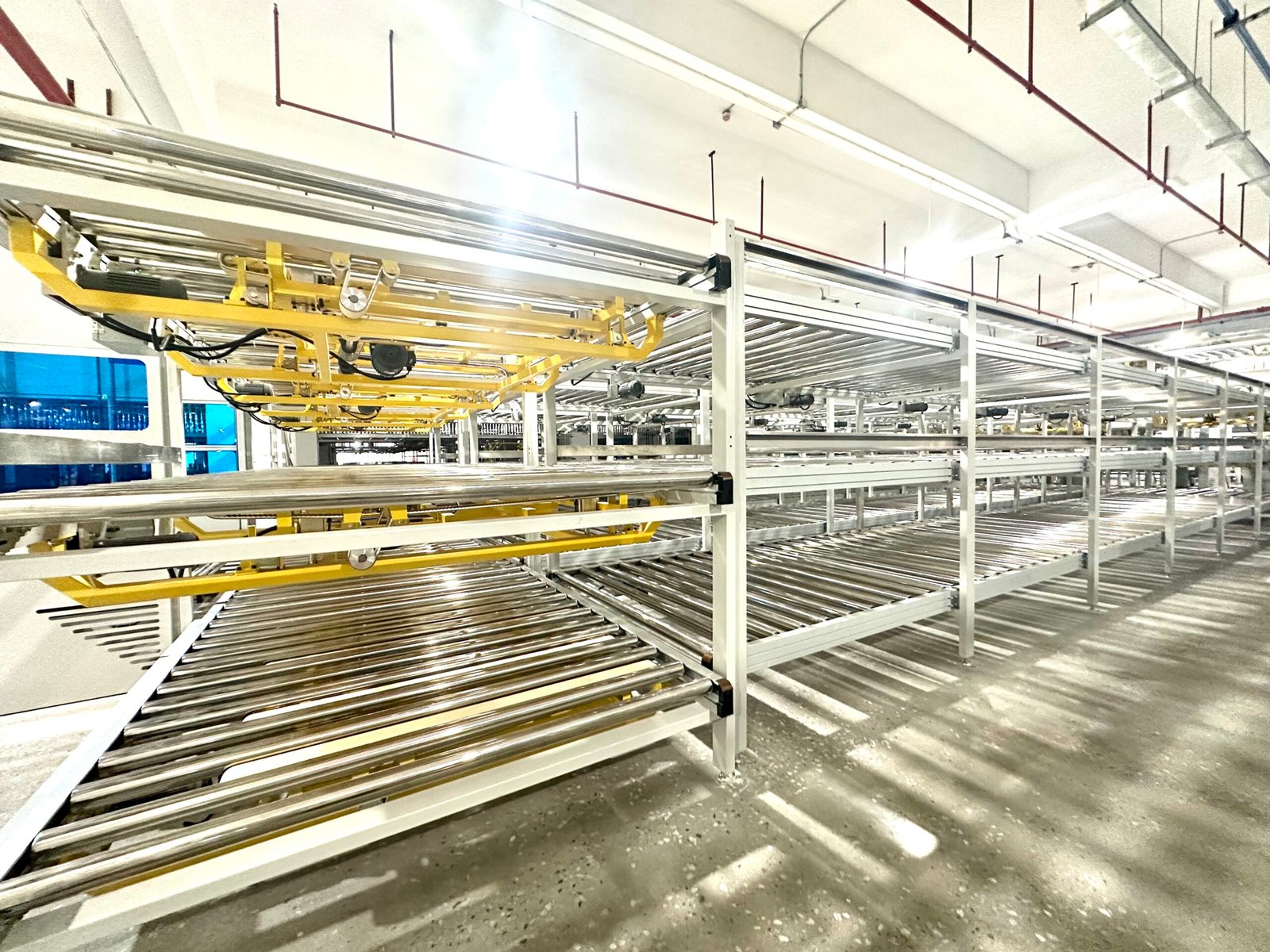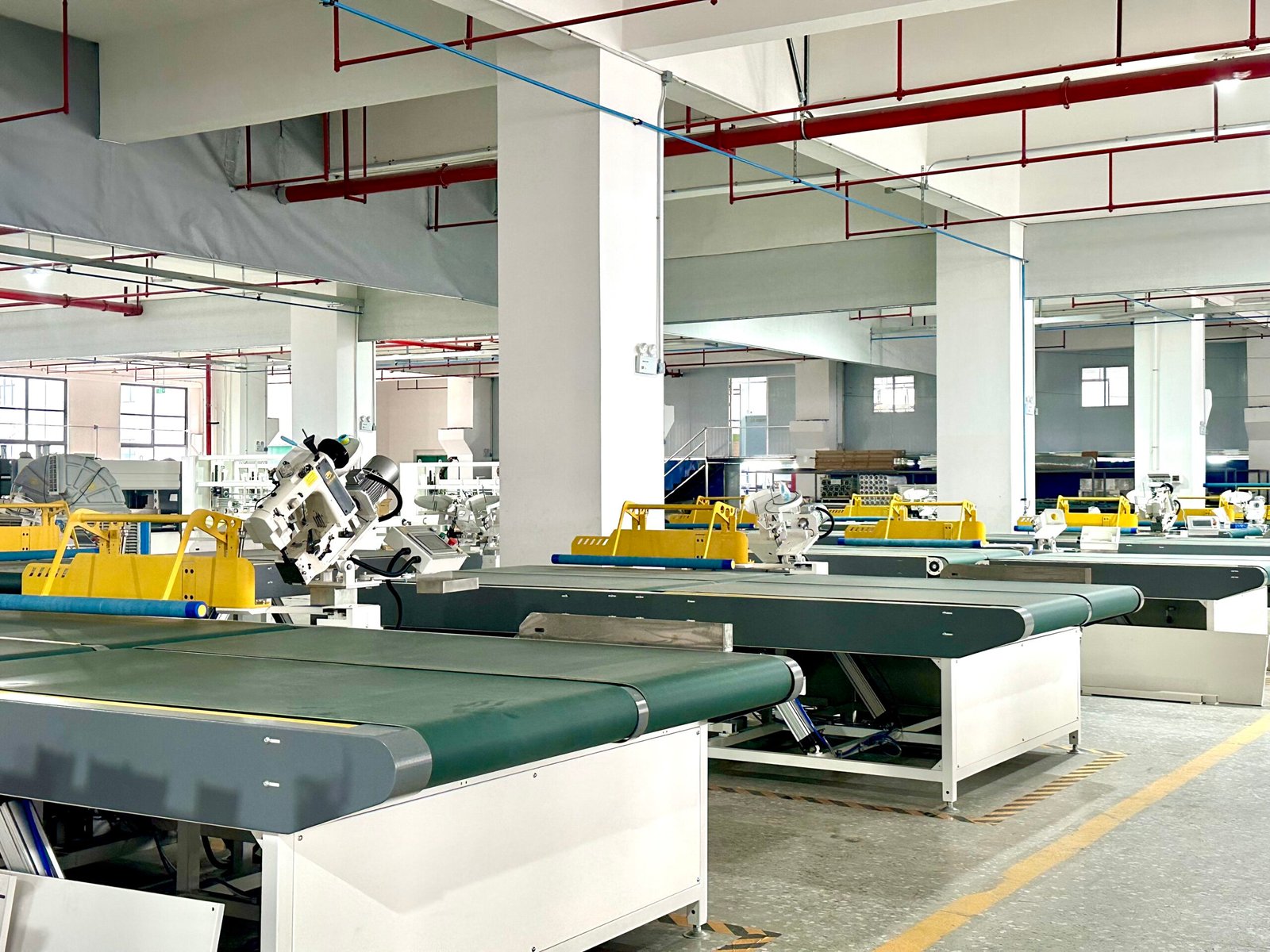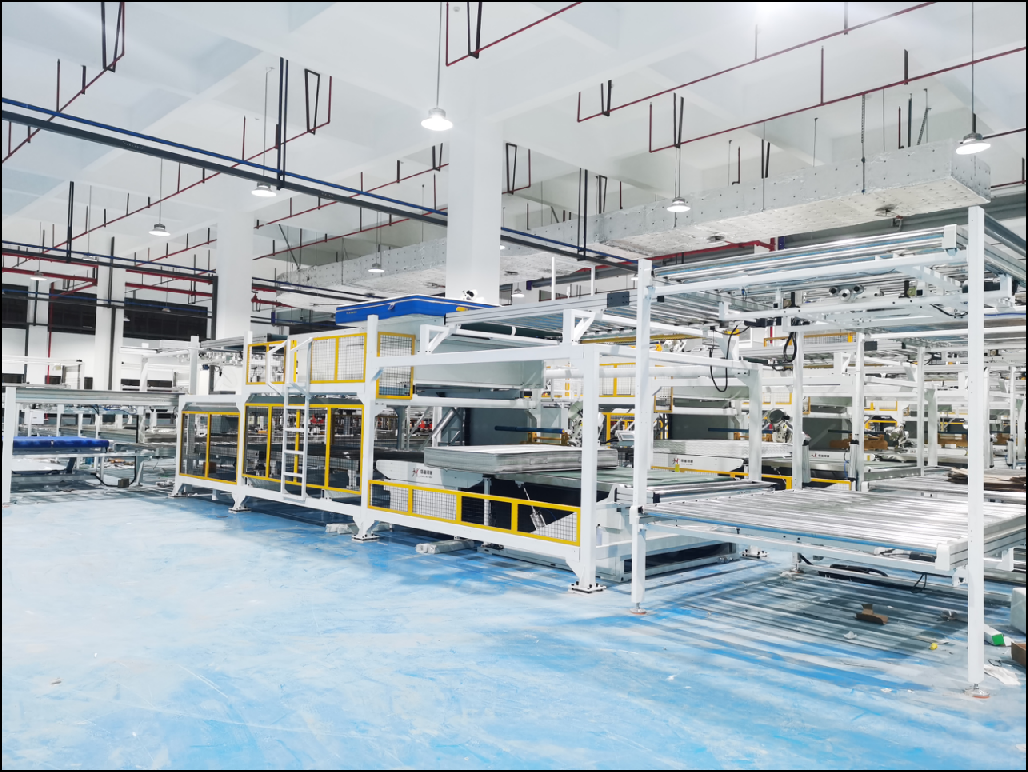
Mattress production relies on precise and durable machinery—but without good maintenance, even the best machines will break down fast.
To extend the lifespan of mattress equipment, factories must clean, inspect, and maintain their machines regularly, while training staff and using protective systems to avoid damage and reduce downtime.
If you run a mattress factory and want stable output, lower costs, and fewer machine failures—read on. I’ll show you the same maintenance strategies I recommend to clients across Southeast Asia and Europe.
Why does regular cleaning prevent major failures?

Dust and spring shavings may look harmless—but they silently wear down machine parts and cause breakdowns.
Regular cleaning removes debris from critical components like rollers, belts, and sensors, reducing friction, overheating, and misalignment.
At our own factory in Foshan, we clean every spring machine at least once per shift. We train clients to do the same. Compressed air is used to blow out dust in tight spots. Touchscreens are wiped down to prevent lag. Grease points are checked weekly. The result: fewer stuck springs, smoother bag sealing, and better machine uptime.
Recommended Cleaning Checklist
| Frequency | Task |
|---|---|
| Daily | Wipe touch panels, clean debris from feeding zone |
| Weekly | Air-blow motor vents, check for oil leaks |
| Monthly | Deep clean rollers, check heating elements |
| Quarterly | Full panel wipe-down, dust sensors and PLC boards |
Should you always use protective covers and guards?

Loose wires, flying springs, or grease splashes—they all spell trouble for unprotected parts.
We recommend using machine covers, transparent guards, and insulation shields to reduce dirt buildup and protect sensors or wiring.
Some factories skip this for convenience—but it’s risky. One client in Jakarta lost 4 hours of production because an exposed wire caught in a spring bundle. Since then, we helped them install a clear PC shield and downtime dropped 70%.
How does proper lubrication extend equipment life?

Metal on metal is a recipe for noise, heat, and failure.
Applying the right grease to gears, chains, and guide rails prevents excessive wear and overheating.
We recommend lithium-based grease for general bearings, and silicone oil for heat-sensitive zones like sealing stations. Over-lubrication is also a problem—it can attract dust or cause belt slippage. That’s why our machines come with grease points and instructions marked on the frame.
What kind of support structure is ideal for heavy machines?
A shaky base = vibrating parts = imprecise movement = faster damage.
Always install spring machines and compression lines on level, reinforced flooring with vibration-absorbing feet or pads.
Our machines weigh up to 10,000 kg. Uneven ground can throw off servo accuracy or cause minor misalignments over time. For clients in older factories, we provide leveling wedges and optional steel pads to stabilize machines on tiled or sloped floors.
Why is operator training critical to maintenance?
Even the best equipment won’t last if it’s misused.
Untrained workers may run machines at wrong settings, skip warm-up steps, or ignore alarms—causing stress on parts and faster wear.
We offer remote and onsite training for clients, especially in Southeast Asia. Topics include:
- Touchscreen parameter setup
- Auto vs. manual mode switching
- How to safely remove stuck springs
- How to grease and calibrate sensors
Just last month, a new factory in Thailand reduced seal failures by 40% after training their operators with our provided manuals and videos.
When should you replace consumable parts?
Worn-out belts, knives, or heating elements can quietly ruin your product output.
Track part usage and replace them at set intervals—even if they “still look okay.”
Here’s a basic guideline we give our clients:
Spare Parts Lifecycle
| Part | Estimated Lifespan | Notes |
|---|---|---|
| Forming cutter | 3–6 months | Check after each 100,000 springs |
| Conveyor belt | 12–18 months | Replace if slippage occurs |
| Heating bar | 9–12 months | Watch for uneven seal lines |
| Spring feeding tube | 6–9 months | Replace if spring jamming increases |
We stock these parts in our own warehouse for fast global delivery.
How do you track machine health with digital tools?
Modern mattress equipment can tell you when something is wrong—if you know how to listen.
Our machines come with PLC systems that log runtime hours, failure frequency, and tension data—so you can plan maintenance before breakdowns happen.
Clients in Europe link our systems to MES platforms. In Vietnam, some factories simply export CSV reports weekly. Either way, proactive monitoring always beats reactive fixing.
How do temperature and humidity affect machine wear?
Too humid? Expect rust. Too dry? Expect brittle plastic.
Keep the factory between 20°C–30°C and below 70% humidity to protect metal parts, seals, and electronics.
In coastal areas, like the Philippines or Vietnam, we always suggest using a dehumidifier or regular rust spray. For areas like Russia or inland Thailand, heater-insulated cabinets help protect control panels from cold starts.
What kind of inspection schedule works best?
Waiting for failure is the most expensive way to fix anything.
A structured inspection checklist—done weekly and monthly—helps catch wear before it becomes damage.
We provide inspection templates with every machine. Here’s a sample:
Monthly Inspection Checklist
- ✅ Check for belt cracks
- ✅ Measure sealing temperature deviation
- ✅ Verify motor temperature
- ✅ Inspect all emergency stop buttons
- ✅ Look for oil leaks at pump joints
Keep logs! It helps identify patterns and budget for part orders.
Should you use OEM spare parts or third-party replacements?
Cheaper isn’t always better.
OEM spare parts are designed for exact tolerances, especially in high-speed spring or compression machines. Using generic parts often leads to misfits and safety issues.
We’ve seen this too many times—third-party heat bars that overheat, or belts that snap after a week. Stick to supplier-recommended parts, especially for core components. We offer bulk part kits for regular clients to cut costs without compromising quality.
Conclusion
Regular maintenance is the key to long-term equipment reliability. Clean, inspect, train, and monitor—do it right, and your machines will repay you with years of stable, high-efficiency output.
Get in touch with us for tailored solutions! We look forward to collaborating with you and shaping a brighter future together!
📞 | WhatsApp:+86 15220512074
📧E-mail:zhongliantec@gmail.com
Web | Link:mattressmachineryzl.com
